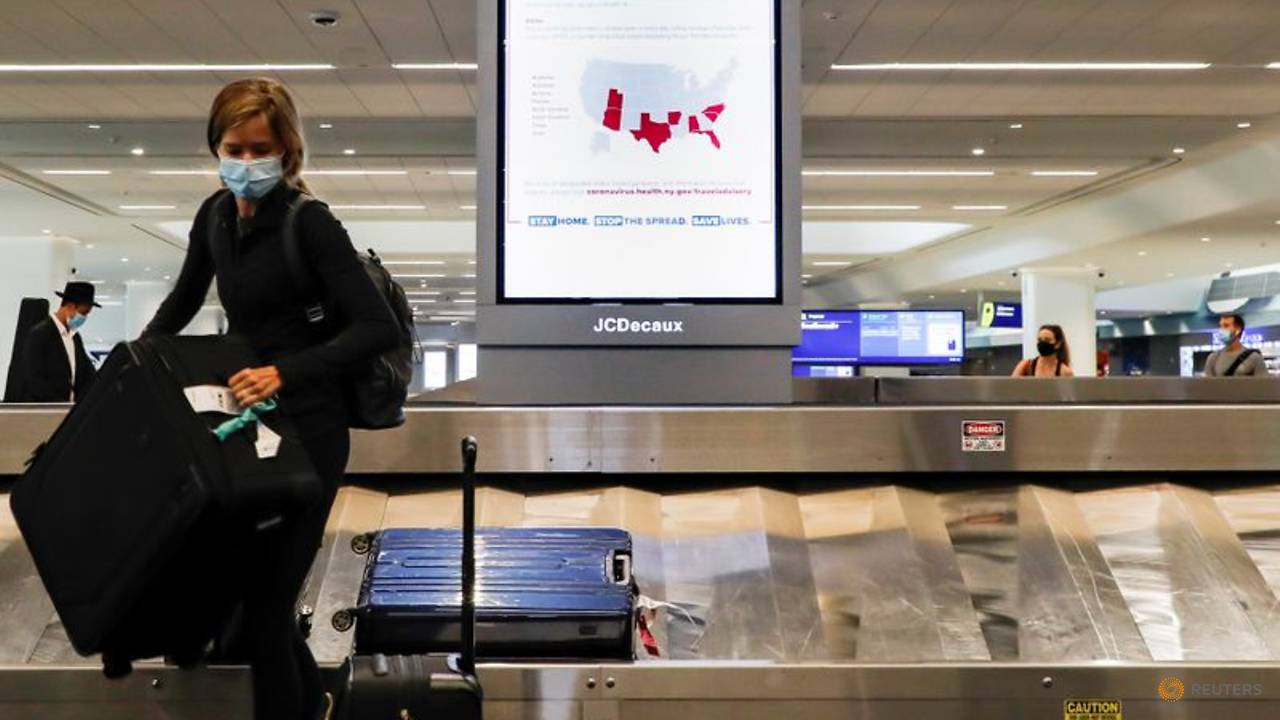A false warning of a missile threat in Hawaii sent White House aides scrambling Saturday, frantically phoning agencies to determine a response and triggering worries about their preparedness almost a year into the Trump administration.
U.S. President Donald Trump’s Cabinet has yet to test formal plans for how to respond to a domestic missile attack, according to a senior administration official. John Kelly, while serving as Secretary of Homeland Security through last July, planned to conduct the exercise. But he left his post to become White House chief of staff before it was conducted, and acting Secretary Elaine Duke never carried it out.
The administration ran the exercise on December 19 at the deputies’ level, at the behest of Kelly and newly sworn in Homeland Security chief Kirstjen Nielsen. But as of Saturday, when Hawaii residents were taking cover, the federal government had yet to play out the same scenario with Cabinet secretaries at what is known as the principals level.
“The U.S. government hasn’t tested these plans in 30 years,” said the senior administration official involved in the White House response. “All the fresh faces sitting around the table in the situation room have little idea what their roles would be in this scenario. The bottom line is that without a principals level exercise we shouldn’t have any confidence that the Cabinet would know what to do in an attack scenario.”
The White House press office did not respond to a request for comment about the exercises.
Saturday morning Hawaii time, people in the state received an emergency alert notification about an incoming missile that read, “BALLISTIC MISSILE THREAT INBOUND TO HAWAII. SEEK IMMEDIATE SHELTER. THIS IS NOT A DRILL.” The state’s governor, Democrat David Ige, attributed the error to a “wrong button” pressed during a shift change — but it took a full 38 minutes for the state to advise residents of the error.
The president, who is in Florida for the weekend, was at his golf course in West Palm Beach during much of the incident, according to a press pool report. His motorcade left the golf course and returned to his nearby private club, Mar-a-Lago, just as Hawaii residents were being told it was a false alarm.
The administration official said there was no military response around the president during the incident — as would be expected during an actual missile attack — because there was no actual threat detected by the military. National Security Adviser H.R. McMaster later briefed the president on the events, and Trump tasked him with overseeing the administration’s response, the official said.
Even though Hawaii’s governor called it a human error during a shift change, a White House spokeswoman said the incident was part of the state of Hawaii’s emergency management exercise. “This was purely a state exercise,” she said in a statement.
Even though cable news channels were focused on the false alarm, the president did not react publicly. Hours after the incident, he sent a tweet focused on “fake news,” the mainstream media and Michael Wolff’s new book about him.











